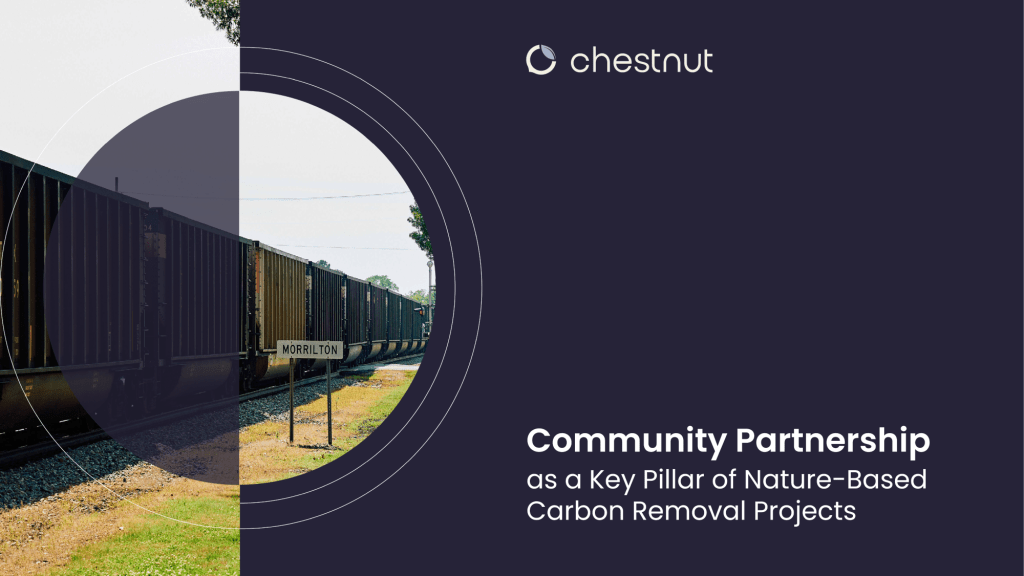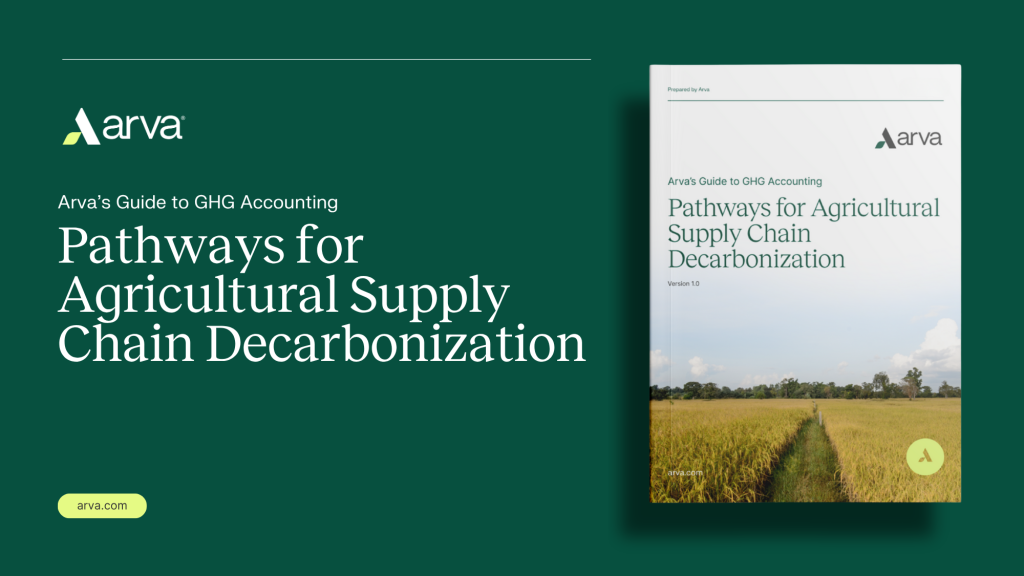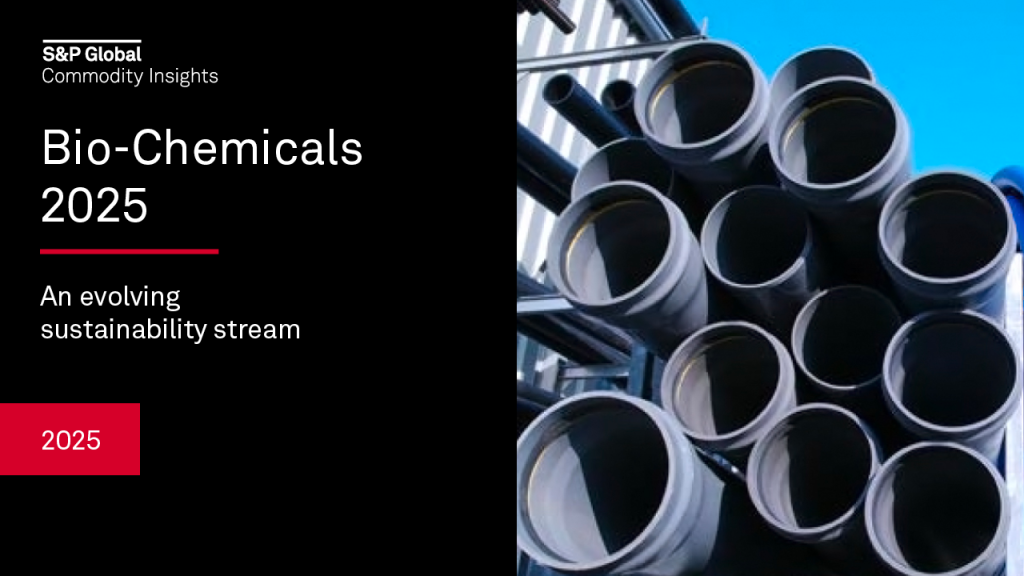EPA-Developed Methodologies for Assessing the Fate and Hazards of Industrial Chemicals
A research project conducted by the U.S. EPA and Eastman Kodak has found that industry can predict a chemical’s potential health and environmental effects early enough in its development to reduce hazards, waste, and costs. The two-year effort, in which Kodak scientists piloted a new EPA test method, enabled the company to reformulate five photochemicals under development, improve their environmental performance, and save tens of thousands of dollars in development costs, according to Kodak. Kodak used a suite of EPA software — all running on desktop PCs — that the agency had developed over the years to help assess company applications for new industrial chemicals. The agency recognized that other companies could use these to screen out problematic formulations. The software uses databases, mathematical formulas, geographical information systems, and tables to predict a chemical’s risk-related properties and exposure, based on its molecular structure and on where and how it will be applied. Kodak was the first company to test the package, with highly effective results, say both parties.
EPA’s free report on the process — describing the 18 assessment methods used and how the software may be used by other companies — is available by contacting William T. Waugh, Office of Pollution Prevention and Toxics, U.S. EPA, 401 M St. SW (7403), Washington, DC 20460; 202-260-3489; 202-260-1216 (fax); Bill Waugh.









